Resource Centre
Discover a wealth of knowledge and insights from the experts at StarFish Medical. Our Resource Centre offers product development tips, reviews of new and cutting-edge technologies, and in-depth articles on regulatory updates and compliance in medical device development.
-

Project managers are on the front lines of rising complexity in medical device development. They sit at the intersection of vendor timelines, regulatory constraints, and engineering realities.
-
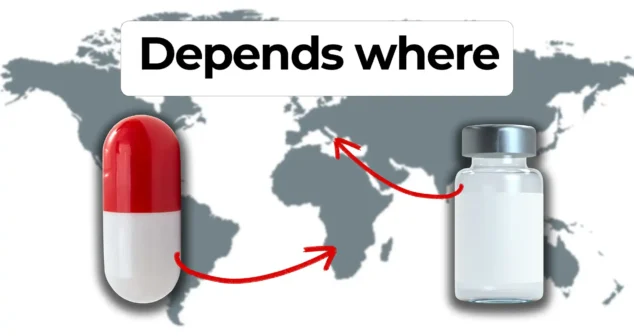
While medical devices often dominate development conversations, the way drugs are delivered across regions can dramatically change how treatments succeed — or fail.
-
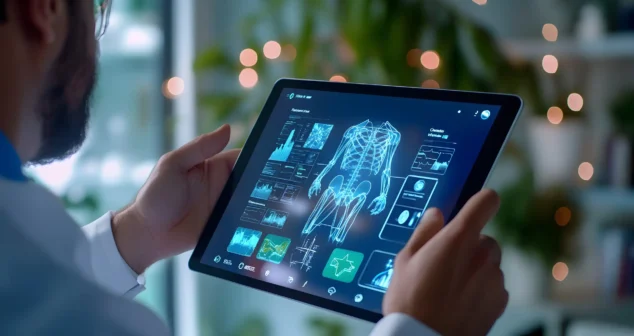
As a software engineer with experience in both web development and medical system software engineering, I’ve worked on projects ranging from consumer-facing web applications to medical device graphical user interfaces (GUIs).
-

Many developers have tried using AI to generate code, often called “Vibe Coding”. Sometimes, the results are nothing short of amazing. Other times, the results are mixed, or worse.
-
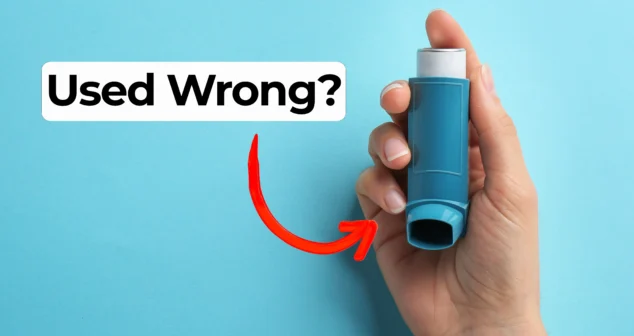
Nigel Syrotuck and Nick Allan explore the surprising reality of inhaler spacer use. While these devices are often thought of as tools for children with asthma, research shows that adults struggle with them too.
-
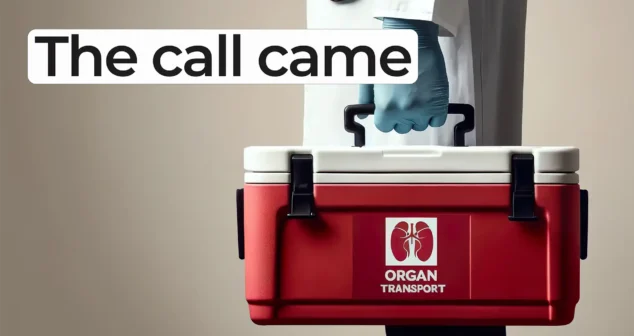
In this Before the Build episode, Eric Olson and Paul Charlebois dive into the importance of organ transplant logistics when designing effective medical devices.
-

In the complex world of medical device development, creating effective prototypes is more than just a creative exercise, it’s a regulatory necessity and a strategic imperative.
-

User Experience (UX), Human Factors (HF), and Industrial Design (ID) each have a major impact on the success of new medical devices. Their influence is especially important during product definition and early phases of device development.
-
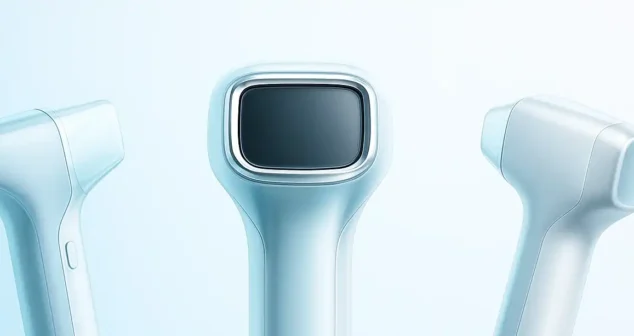
Generative AI is gaining significant attention across industries, and MedTech is no exception. While some tools may still feel like entertaining curiosities, others are starting to make a real impact.